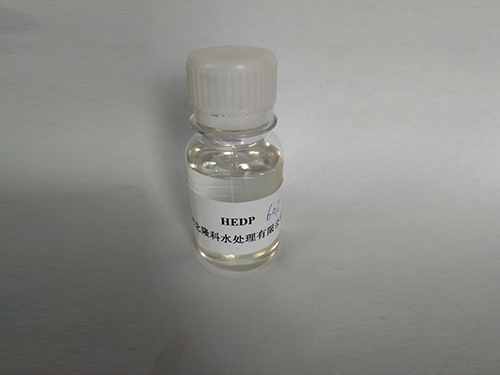High-Quality Polyacrylamide Available for Purchase at Competitive Prices Online Today
Exploring Polyacrylamide Features, Applications, and Availability for Sale
Polyacrylamide (PAM) is a synthetic polymer that has garnered significant attention in various industries due to its unique properties and versatile applications. Widely known for its ability to enhance water retention, improve soil structure, and serve as a flocculant, polyacrylamide is dominating the market for soil management, water treatment, and many industrial processes. This article explores the characteristics, applications, and the growing availability of polyacrylamide for sale in different markets.
Understanding Polyacrylamide
Polyacrylamide is a water-soluble polymer made from the polymerization of acrylamide monomers. It possesses excellent viscosity, stability, and thickening properties, which make it an ideal choice for various applications. Depending on the specific requirements, polyacrylamide can be produced in different forms, including anionic, cationic, and non-ionic varieties. Each type caters to specific applications and achieves varying degrees of performance.
Key Properties and Benefits
One of the primary advantages of polyacrylamide is its ability to retain water. Its structure allows it to absorb significant amounts of water, which is beneficial in agricultural practices where water conservation is crucial. Additionally, PAM increases soil structure by reducing erosion and enhancing nutrient retention. This property is particularly valuable in arid and semi-arid regions where water scarcity is a persistent issue.
Another critical application of polyacrylamide is in the water treatment industry. When used as a flocculating agent, PAM enhances the removal of suspended solids from wastewater, making it easier to purify and reduce pollutants. Its effectiveness in this role not only contributes to cleaner water bodies but also supports regulatory compliance for industries that discharge wastewater.
Applications Across Industries
polyacrylamide for sale

The applications of polyacrylamide extend beyond agriculture and water treatment. In mining operations, PAM is utilized for mineral processing, helping in the separation of ores from impurities. In the oil industry, it serves as a thickening agent in drilling fluids, improving the efficiency of oil extraction processes.
Furthermore, polyacrylamide plays a role in the cosmetics industry, acting as an emulsifier and stabilizer in creams and lotions. The diverse uses of PAM showcase its adaptability and the increasing demand for its availability in the market.
Availability of Polyacrylamide for Sale
As the demand for polyacrylamide continues to rise, the market is witnessing a surge in its availability. Numerous manufacturers and suppliers are now offering high-quality PAM products for sale, catering to different industry needs. Buyers can find polyacrylamide in various forms, including powders, granules, and emulsions, each designed for specific applications.
Many suppliers offer customized solutions, allowing clients to choose the right kind of polyacrylamide based on their unique requirements. This flexibility has made it easier for businesses to integrate PAM into their operations, optimizing performance and enhancing outcomes.
Purchasing polyacrylamide is now more accessible than ever, thanks to online marketplaces and dedicated chemical supply websites. Buyers can compare products, check certifications, and read reviews before making a purchase, ensuring they acquire a high-quality product for their needs.
Conclusion
Polyacrylamide is a powerful polymer with a wide array of applications across various industries. Its unique properties make it essential for water retention, wastewater treatment, mining, and even cosmetics. With an increasing number of suppliers providing polyacrylamide for sale, businesses can now easily access this valuable material. Whether for agricultural enhancement, environmental protection, or industrial processes, polyacrylamide stands out as a crucial component in modern applications. As industries continue to innovate and seek sustainable solutions, the importance of polyacrylamide will only escalate in the years to come.
-
Understanding Polycarboxylic Acids: Properties, Applications, and Future PotentialNewsJul.28,2025
-
Scale Inhibitor Explained: How to Protect Your System from Limescale and Hard Water DamageNewsJul.28,2025
-
Scale and Corrosion Inhibitors: Essential Chemicals for Industrial Water System ProtectionNewsJul.28,2025
-
Polyaspartic Acid: A Biodegradable Polymer for Sustainable ChemistryNewsJul.28,2025
-
Isothiazolinones: A Versatile Antimicrobial Class with Industrial Power and Regulatory ChallengesNewsJul.28,2025
-
A Deep Dive into 2-Phosphonobutane-1,2,4-Tricarboxylic Acid (PBTC)NewsJul.28,2025





